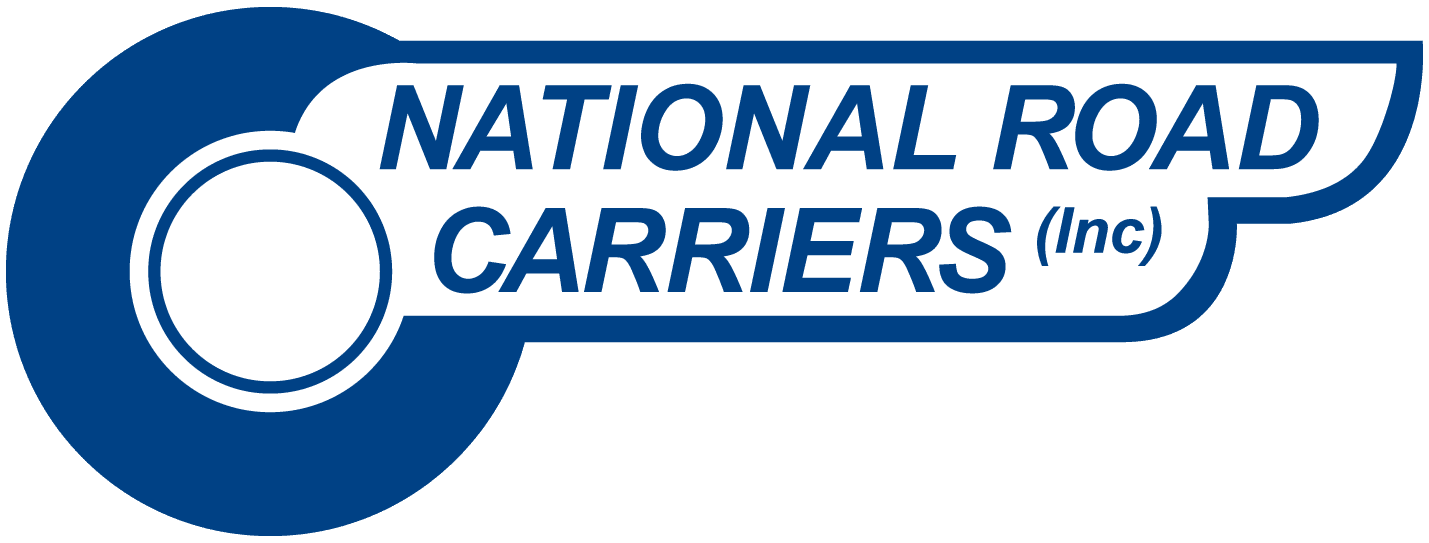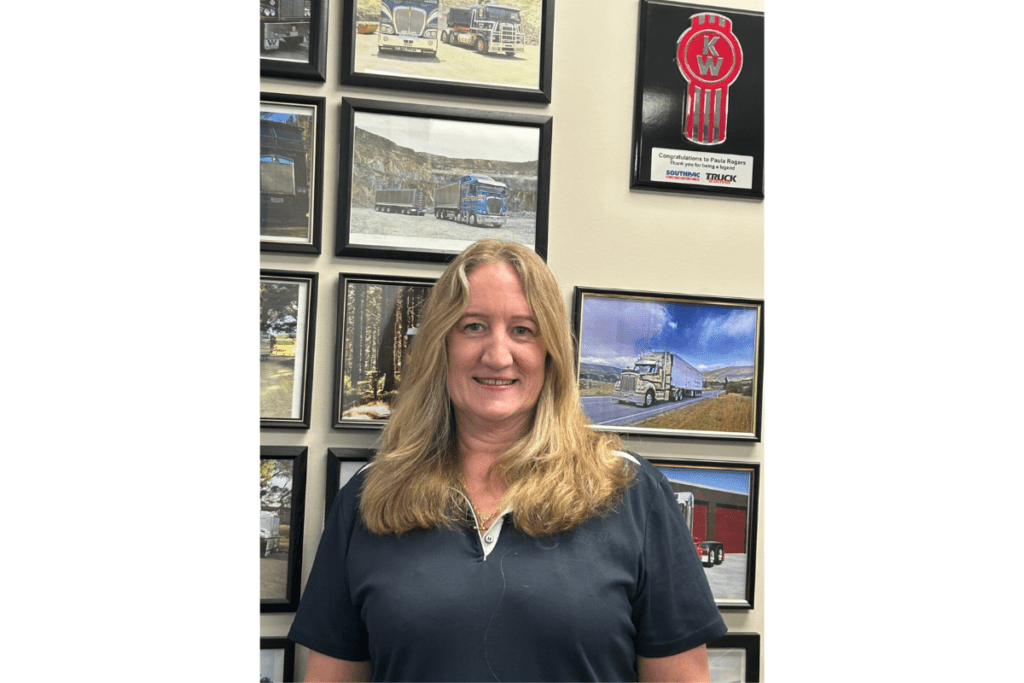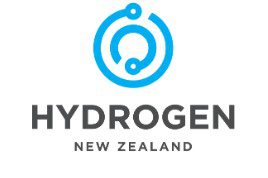Be prepared for a knock on the door by Government auditors
When things are going well it’s great, but when it turns bad it can be very costly.
When a government agency advises it will be turning up for an audit, inspection or visit it can be stressful especially if you haven’t got everything to run a safe and efficient company in order.
The main reason for a visit is to ensure your operations meet the required standards for safety, environmental responsibility and regulatory compliance.
So, before you get that unexpected knock on the door let’s check a few things:
Transport Service Licence (TSL).
A goods service delivers or carries goods, whether or not for hire or reward, using a motor vehicle that has a gross vehicle mass of 6000kg or more, including one that is ‘on hire’ to carry goods.
A transport service licence may not be transferred, leased, or assigned to any person, which means you cannot use someone else’s TSL!
- Who holds the certificate of knowledge?
- Has there been a change in management or directors and does the person who left company hold the TSL?
Vehicle Compliance and Maintenance.
The condition of a fleet is vital to ensure road safety. Companies must adhere to strict vehicle maintenance schedules, as failure to do so could result in some hefty fines and jeopardise the safety of drivers and the public as no one is bulletproof!
- What does your vehicle maintenance schedule look like or, more to the point, do you even have one?
Driver Safety and Compliance.
Drivers, we can’t do without them, but we can’t just have anyone driving our trucks otherwise when things go bad it can end up costing the company a fortune!
What’s your policy on:
- Licence & endorsement checking
- Vehicle cameras
- Driver hours and fatigue management
- Documentation
- Speed restraints
- Infringements – transferral of infringements
- Driver training
- Loading – managing weights
- Permits
Incident management
Health and Safety. You must implement a robust Health and Safety Management System (HSMS) that adheres to the Health and Safety at Work Act 2015. The system should include hazard identification, risk assessments, and controls to mitigate workplace dangers.
- What does your plan look like and is it current?
- Do you have a vehicle loading and unloading policy?
Do you have an emergency response plan to ensure drivers and warehouse staff are trained in emergency response procedures, such as first aid, fire safety, and accident reporting?
Running a transport business is so different to what it used to be as now there is so much more to be aware of and not just the day-to-day operation of your business. There’s:
- Compliance with Environmental Standards
- Emission Standards
- Sustainable Practices
Conclusion
The above is only a snippet of the practices required but I hope it’s got you thinking.
Running a road transport company in New Zealand involves navigating a complex landscape of regulations and requirements. To avoid penalties and ensure safe operations, companies must invest in proper systems, training, and maintenance. By focusing on vehicle safety, driver compliance, health and safety practices, environmental sustainability and maintaining thorough records, freight companies can meet the expectations of government agencies.
Need help, NRC is just a phone call away and happy to assist on any of the above.
Paula





